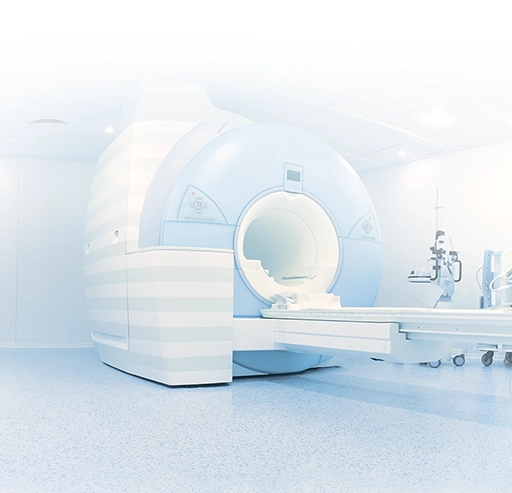OVERVIEW
TomoTherapy H is the new-age radiation therapy platform that combines Intensity Modulated Radiation Therapy (IMRT) with the accuracy of Computed Tomography (CT) image guiding technology and Volumetric Modulated Arc Therapy (VMAT). TomoTherapy H is designed to treat the entire spectrum of radiation therapy patients with enhanced speed, superior precision, and augmented ease-of-use.
TomoTherapy H is the most unique radiation delivery platform that supports full-spectrum radiation therapy with multiple advantages, such as superior performance, unmatched dose distributions, and enhanced radiation delivery speed.
TomoTherapy H is designed in such a way that it makes treating tumors present in hard-to-reach sites easy. The built-in 3D CT imaging feature helps specialists confirm the shape and exact position of the tumor before each session and deliver the radiation beams precisely. Through the image guidance feature, TomoTherapy H reduces radiation exposure to surrounding healthy tissues and thereby brings down the risk of treatment-related side effects.
TomoTherapy H assists in the management of cancers of the breast, lung, head and neck, brain, and prostate.
HCG Cancer Centre is the first hospital in India to install the TomoTherapy H Series with HDA configuration.
Advantages of Radiation Treatment with TomoTherapy H
TomoTherapy H comes with numerous advantages for both patients and specialists:
Verifies the location of the tumor before each session and thereby spares more normal tissue and helps reduce side effects.
Helps patients receive treatments that are not possible with conventional linacs.
Facilitates personalized and effective treatment planning for each case.
Facilitates better planning and efficient delivery of highly sculpted dose distributions.
Provides daily CT image guidance for precise patient positioning, margin reduction, adaptive planning, and seamless radiation therapy.
Helps with radiation treatment-related side effects to some extent.


